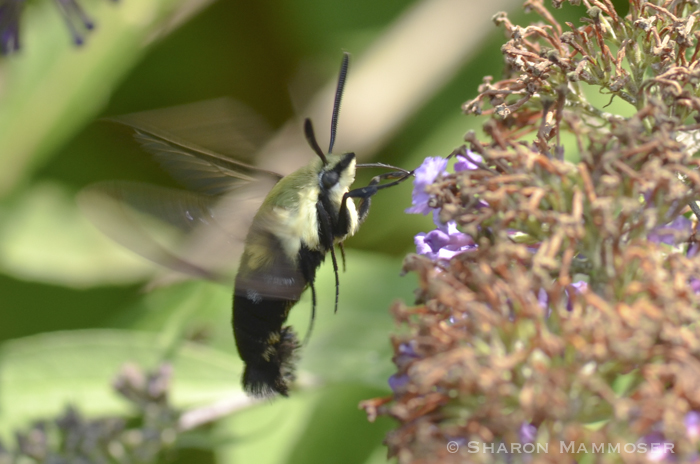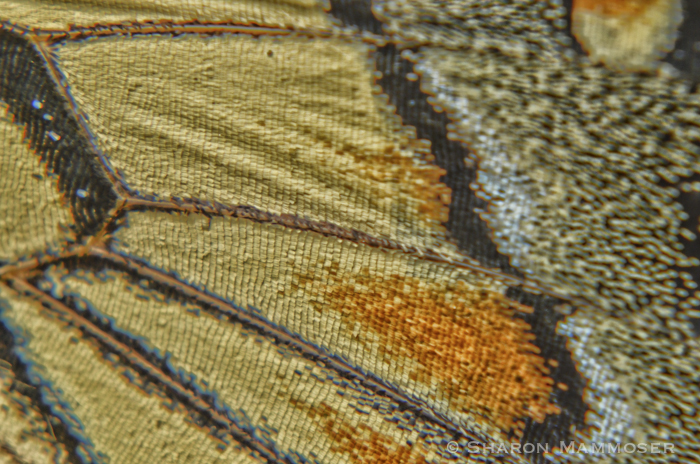
1. All moths are nocturnal
False. Many moths ARE nocturnal, but not all. Some are out during the day–you may have seen them at your flowers–perhaps mistaking them for hummingbirds. There are several species that are called Hummingbird Moths just for this reason! There are also some brightly colored ones that show up at flowers just like butterflies, extending their long proboscis (Pronounced pro- baa- sis) and sipping nectar. Have you seen any?
2. Some moths will eat holes in your clothing False.
Moths–if they have any mouthparts at all (some don’t) they have tube-like mouthparts for sipping nectar from flowers. NO ADULT MOTHS eat clothing. Of the thousands of species of moths in the world, a handful will feed on the fibers in clothing. The larvae or caterpillars of these is likely how the myth came to be.
3. There are less moths than butterflies False
In the world scientists have named 150,000 thousand species of what are called Lepidoptera–these are the butterflies and moths. They estimate that this number might be more like 250,000 – 400,000 as many species have not yet been named or discovered. Of the ones we know of, less than 20,000 are butterflies–making ALL THE REST moths!
So for every butterfly you see, there are 8 moths! There are MANY MORE moths than butterflies.

4. All moths are white or drab-colored
False. While many moths are white and drab-colored, there are many that are very colorful, even beautiful. Some on that list include Luna, Cecropia, Io, Tulip-tree, Promethea, Polyphemus, and many of the day-flying hawk moths.
 5. 5. If you touch the wings of a moth or butterfly too much it won’t be able to fly: False.
5. 5. If you touch the wings of a moth or butterfly too much it won’t be able to fly: False.
While it IS true that if you touch a butterfly or moth’s wing, some of the scales will rub off on your fingers, it is not true that the insect will then not be able to fly. Moths and butterflies lose scales all the time, shedding them as they fly, when they rub up against things, etc. You have probably seen examples of butterflies and moths that have really beaten-up-looking wings, sometimes with parts missing. Yet they can still fly. However, handling a butterfly or moth in excess is not a good idea!
How did you do? Want to attract moths to your yard so you can observe them and learn more about them? Then Click HERE. Want to read about a beautiful moth called a Tulip-tree moth? Or, maybe you want to test your skills on another subject? Here are a few more posts about myth busters: Praying Mantis, Spiders, Daddy-long-legs, Halloween Creatures, Raccoons and Bats.


Hello Sharon…saw a “hummingbird Moth” in my front yard last week!!!! Yay.
Bea
Fun! –you see why it’s such a great name for them! So many people think they are littler hummingbirds!